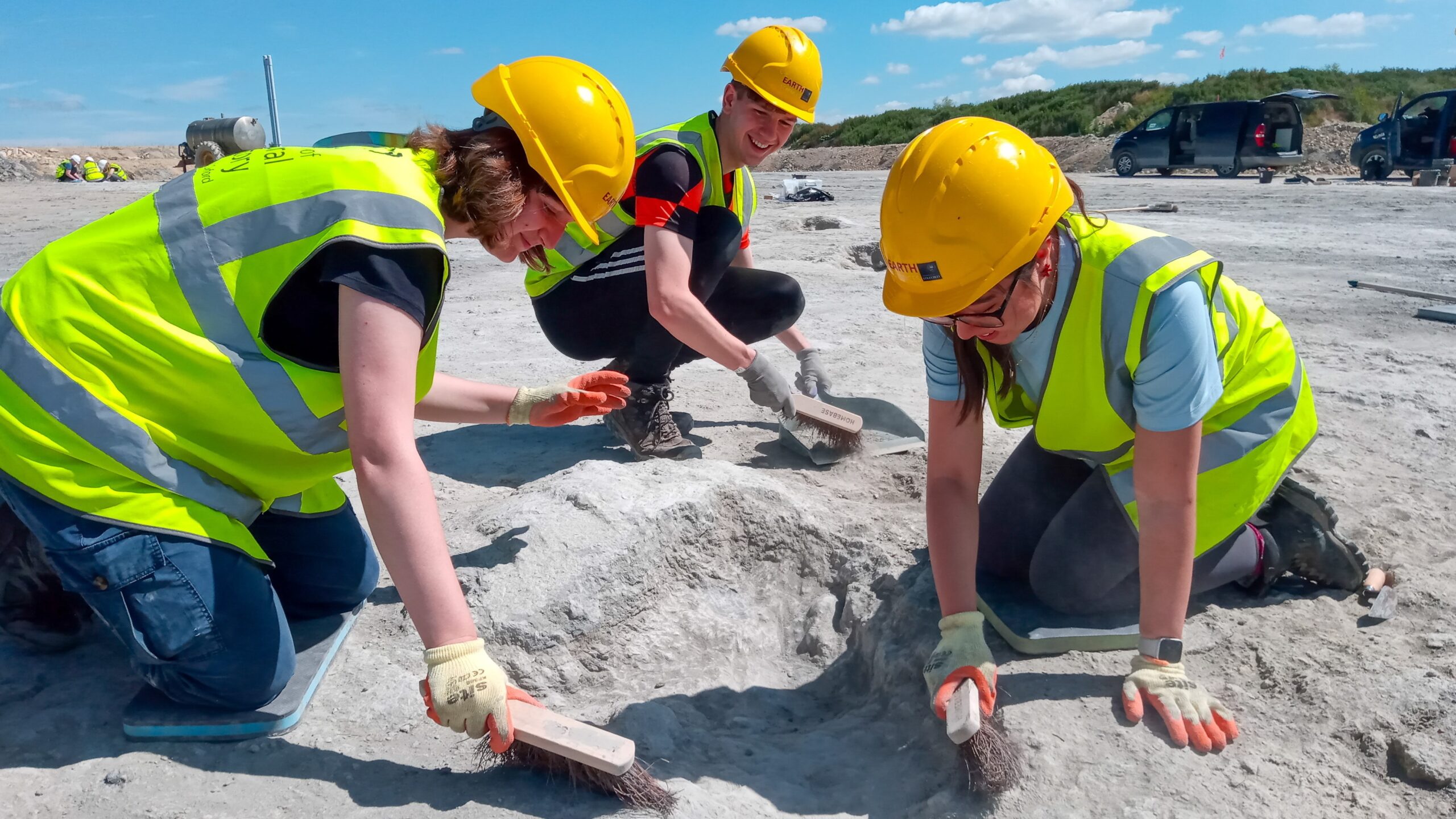A team of scientists from the University of Bucharest, the Museum für Naturkunde in Berlin, and University College London has identified two previously unknown dinosaur species that once roamed Romania’s Hațeg Basin. The discovery, which includes a surprisingly large species, reshapes prevailing theories about the dinosaurs of this ancient island environment.
The newly classified species, Petrustitan hungaricus and Uriash kadici belong to the titanosaur family, a group of long-necked, four-legged herbivores. Their identification, published in the Journal of Systematic Palaeontology, adds to the growing understanding of Late Cretaceous European dinosaur diversity.
For decades, palaeontologists believed that dinosaurs inhabiting what was once the Hațeg Island exhibited island dwarfism, a phenomenon where species shrink in size due to limited resources. Many previously discovered fossils in the region supported this theory, as they were significantly smaller than their relatives found in mainland Europe.
However, Uriash kadici stands out as an anomaly. Measuring between 9 and 11 metres in length and weighing up to 9 tonnes, it was nearly four times the size of other known Hațeg titanosaurs. This contradicts the assumption that all herbivorous dinosaurs in the region experienced size reduction.
According to Dr Zoltán Csiki-Sava of the University of Bucharest, a co-author of the study, the reason Uriash kadici retained its large size may lie in ecological competition. Since smaller herbivorous dinosaurs already occupied existing ecological niches, larger species may have maintained their size to exploit different resources.
Interestingly, both newly classified species were identified from fossils discovered over a century ago. Petrustitan hungaricus was originally unearthed by Hungarian paleontologist Baron Franz Nopcsa before 1906, while Uriash kadici was named after Croatian Hungarian geologist Ottokár Kadic, who excavated the remains between 1909 and 1915. Their fossils, housed in museums in London and Budapest, were recently re-examined and confirmed as distinct species.
This research also highlights how Hațeg’s prehistoric ecosystem evolved over time. Fossil evidence suggests that the island supported large dinosaurs for millions of years, indicating a more complex evolutionary process than previously assumed.
Excavations in the Hațeg Basin continue to yield new finds. Hungarian geologists, led by Dr Gábor Botfalvai from Eötvös Loránd University, have uncovered additional fossils in recent years that may belong to yet-undescribed species.
Situated within the UNESCO-listed Hațeg Country Dinosaur Geopark, this region remains one of Europe’s richest fossil sites. Since gaining protected status in 2004, it has provided invaluable insights into prehistoric life.
With ongoing research and advances in technology, scientists hope to uncover more secrets hidden within the Hațeg Basin—perhaps even more species that challenge our understanding of island ecosystems and the evolution of Cretaceous dinosaurs.
Related articles:








